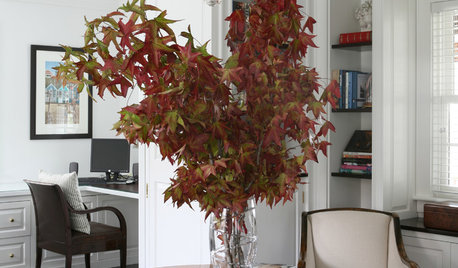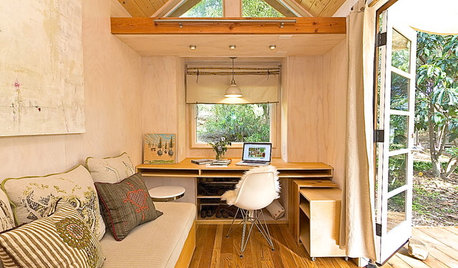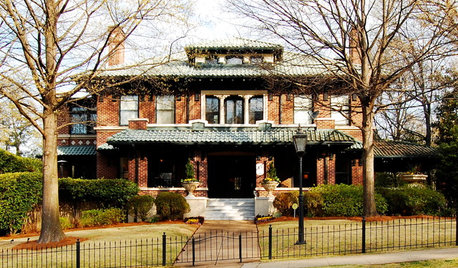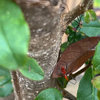Red Leaves on New Blueberries
mikkle
13 years ago
Featured Answer
Sort by:Oldest
Comments (12)
mikkle
13 years agoRelated Professionals
Ilchester Landscape Architects & Landscape Designers · Brooklyn Center Landscape Architects & Landscape Designers · Edmond Landscape Contractors · Maple Valley Landscape Contractors · Amesbury Landscape Contractors · Essex Landscape Contractors · Fort Atkinson Landscape Contractors · Fridley Landscape Contractors · Las Vegas Landscape Contractors · North Lauderdale Landscape Contractors · Plainview Landscape Contractors · Thornton Landscape Contractors · King of Prussia Decks, Patios & Outdoor Enclosures · Lauderdale Lakes Decks, Patios & Outdoor Enclosures · Laguna Beach Stone, Pavers & Concreteericwi
13 years agomikkle
13 years agotapla (mid-Michigan, USDA z5b-6a)
13 years agoericwi
13 years agomikkle
13 years agoericwi
13 years agoKimmsr
13 years agokokojumbo
9 years agonc_crn
9 years agoHEast76
9 years ago
Related Stories

EDIBLE GARDENSSummer Crop: How to Grow Blueberries
Plant blueberries in spring or fall for garden beauty through three seasons — and a sweet superfood in summer
Full Story
GARDENING GUIDESGreat Design Plant: Grow Blueberries for Their Fruit and More
Eastern gardeners should consider growing blueberry plants for their delicious fruits, bee-friendly spring blooms and brilliant fall foliage
Full Story
DECORATING GUIDES9 Easy Ways to Decorate With Autumn Leaves
Give your home a burst of color that can be used Halloween through Thanksgiving
Full Story
GARDENING GUIDESWhat's Wrong With My Plant? Leaves Often Hold the Clues
Learn how to identify common plant ailments by reading their leaves
Full Story
REMODELING GUIDESInterior Brick: Paint it or Leave It?
Here's how to know if covering that brick is a sin or solution
Full Story
FALL GARDENING5 Ways to Put Fall Leaves to Work in Your Garden
Improve your soil and yard the organic way with a valuable garden booster that grows on trees
Full Story
LAUNDRY ROOMSRoom of the Day: The Laundry Room No One Wants to Leave
The Hardworking Home: Ocean views, vaulted ceilings and extensive counter and storage space make this hub a joy to work in
Full Story
DECLUTTERINGDownsizing Help: Choosing What Furniture to Leave Behind
What to take, what to buy, how to make your favorite furniture fit ... get some answers from a homeowner who scaled way down
Full Story
LIFEYou Said It: ‘I’m Never Leaving’ and More Houzz Quotables
Design advice, inspiration and observations that struck a chord this week
Full Story
ARCHITECTUREStates of Style: Alabama’s Icons Leave Their Mark
In the first of a new series, discover the natural beauty, the architectural icons and some of our favorite homes deep in the heart of Dixie
Full Story








ericwi